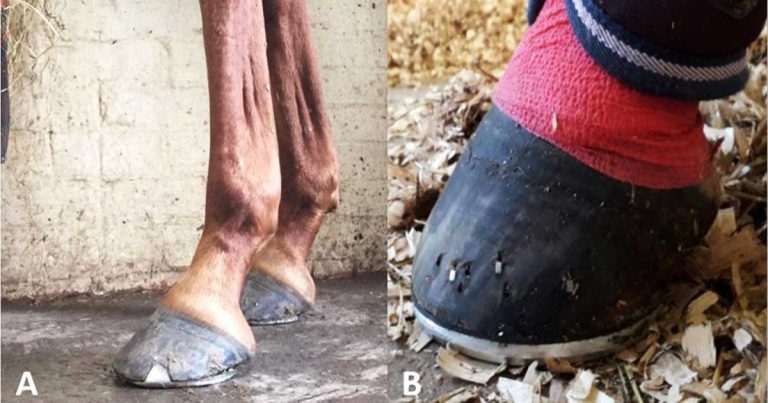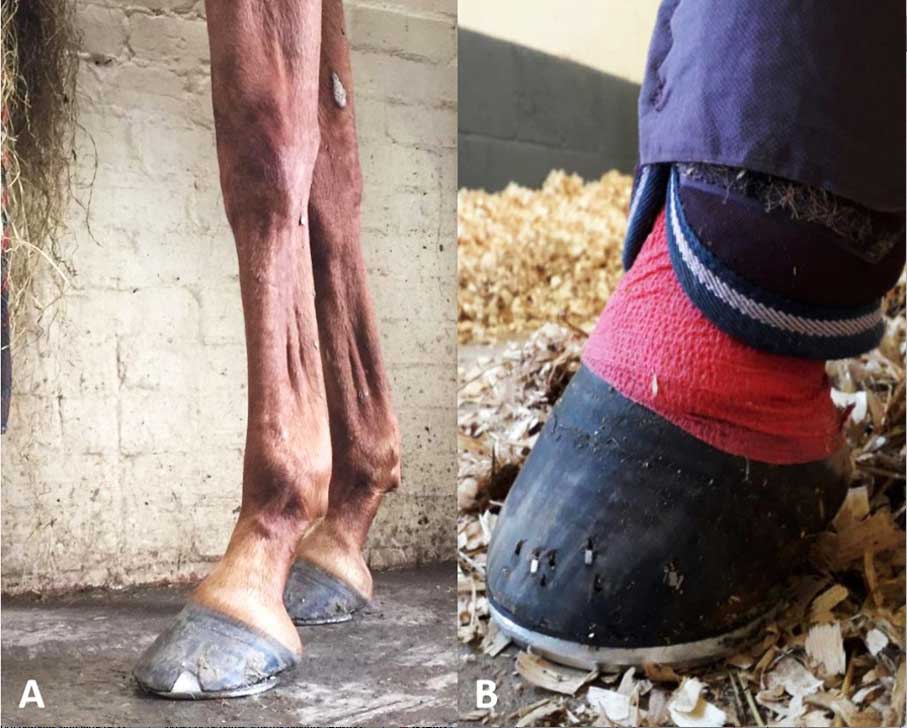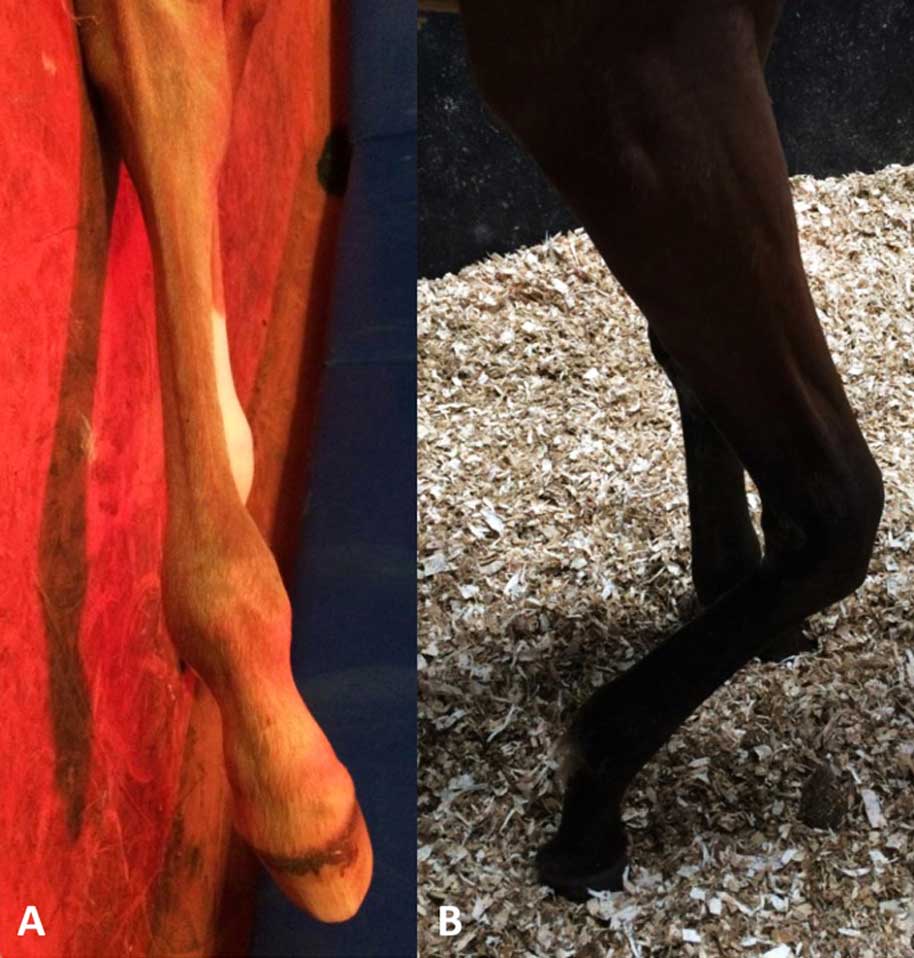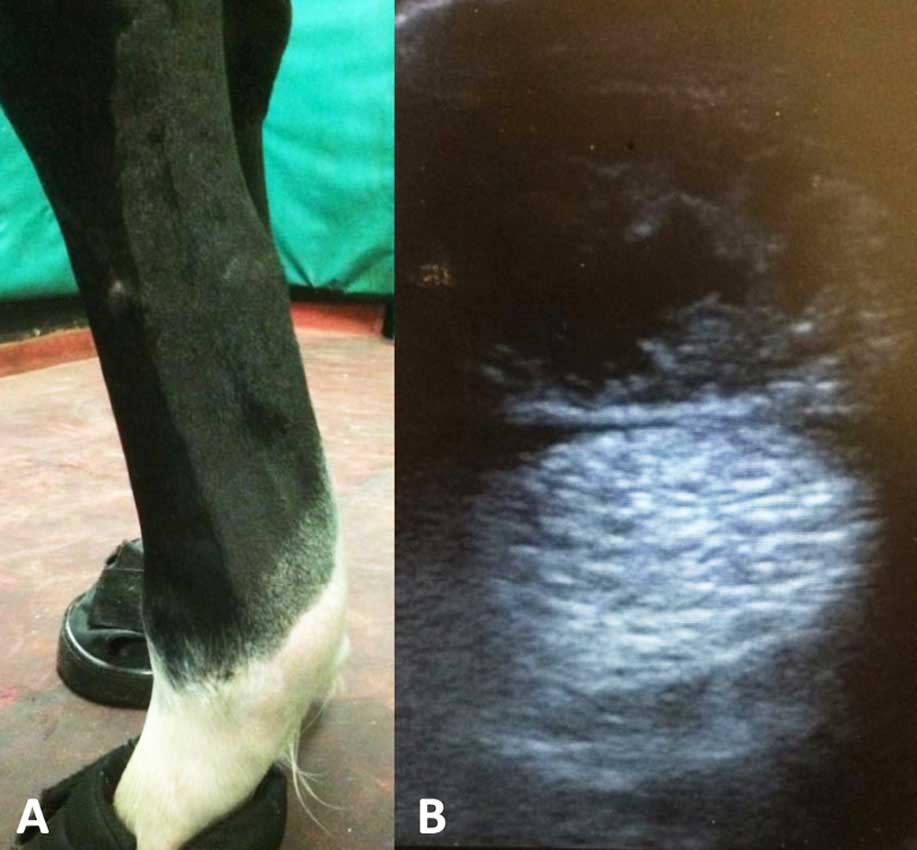12 Nov 2020
Lameness in horses: prevention protocols and treatment latest
In this article, Ann Derham provides an overview on current prevention protocols – including routine management, conformation assessments, diet and exercise.

Lameness is a common problem among equine patients. Appropriate prevention protocols may help minimise lameness occurrence. This article provides some overview on current prevention protocols, including routine management, conformation assessments, diet and exercise. It also reviews the current treatments used in equine orthopaedic injury, from oral nutraceuticals to regenerative therapies, including potential future treatments. While a wide range of treatment options are available, efficacy studies are lacking for many of these – despite widespread use – and further research is required.
The equine musculoskeletal system is complex, comprising of bones, muscles, tendons, ligaments, joints and nerves all working in unison.
Damage to any one of these can result in lameness and can negatively impact on the horse’s welfare.
Prevention protocols
Routine management
Ensure your clients understand the importance of performing daily checks on their horses and looking for any swellings; focal areas of heat that may warrant further investigation before becoming a serious problem.
Daily hoof care is of paramount importance, as poor hoof hygiene can reduce hoof quality and, coupled with mineral-deficient diets and excessive or uncontrolled exercise, can lead to long-term hoof damage and lameness. Routine farriery performed every four to six weeks ensures feet are properly trimmed, balanced and shod to meet a horse’s work demands (Figure 1). Clients should be advised to keep arenas, paddocks and stalls in safe condition to prevent injury from nails, broken fences or potholes. General health practices, such as deworming programmes and vaccinations, will help limit systemic illness that may have knock-on effects on predisposing the horse to injury.

Conformation assessment
Good conformation is key to a sound, athletic animal. Angular limb deformities (ALD), flexural limb deformities (Figure 2) and incomplete ossification of the cuboidal bones should be identified early and managed to minimise long-term problems, such as OA and soft tissue injury.
When examining youngstock, it is important joint alignment from the dorsal aspect of the limb is assessed, with the animal standing square on a hard, flat surface. A static examination should always be followed by dynamic evaluation, with the horse walked to and from the clinician.

Diet
Maintaining a horse in optimal body condition provides energy for the musculoskeletal system, and helps minimise joint and soft tissue injuries.
Obesity places excessive force on joints and soft tissue structures, risks insulin resistance – predisposing horses to laminitis – and disrupts endochondral ossification in young growing horses, which may play a role in osteochondral disease development (OCD). For youngstock, it is recommended high carbohydrate diets are avoided during periods of rapid growth, as it has been linked to OCD and ALD development.
Any dietary modification should be done gradually to avoid causing gastrointestinal upset or negative energy balance. Always make sure diets are balanced to avoid being too high or too low in trace elements, such as calcium and phosphorous, which are fundamental for bone metabolism (Figure 3).

Exercise
A basic level of exercise is needed for proper development of the musculoskeletal system – especially for articular cartilage. All exercise regimes should be introduced gradually and consistently on good surfaces, avoiding high peak intensity, and considering the animal’s age, type and discipline.
Systemic treatments
Regenerative therapies
This area represents an exciting and ever-growing field. It is imperative these be collected, processed and administered under strict aseptic conditions (Figure 4).

Future therapies
The following treatments are currently under review, early data is encouraging, and these may become available in the future for managing equine orthopaedic injury:
- gene therapy
- high-intensity laser therapy
- equine amnion injectable
- allograft dental pulp stem cells
- tenocyte-derived MSCs and tenogenically differentiated MSCs
Summary
Lameness is common among our equine patients; prevention is better than cure, and all efforts should be made to reduce its occurrence. When lameness is present, good vet-client communication is vital for successful outcomes.
Many treatment options are available. Vets and owners should be aware of the cost benefit of each of these, and that while some products have research to support their use, many have little/no clinical data, and further research is needed.
